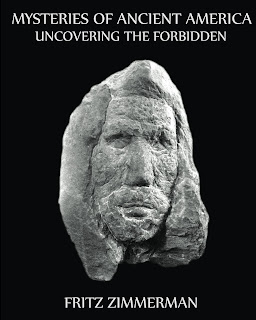Ancient Auburn Haired, Caucasian Mummies Discovered in a Tennessee Cave
The Natural and Aboriginal History of Tennessee (1823)
Haywood describes a cave, the aperture into which was very small, near the confines of Smith and Wilson Counties, on the south side of Cumberland River, about twenty-two miles above Cairo, on the waters of Smith’s Fork. The workmen digging in the apartment next to the entrance, after removing the dirt, came to another small aperture upon the same level, which they also entered, and found a room twenty-five feet square. This room seemed to have been carefully preserved for the reception and burial of the dead. In it, near the center, were found three human bodies sitting in baskets made of cane, the flesh being entire, but a little shrivelled and hard. The bodies were those of a man, a woman, and a small child. The color of the skin was said to be fair and white, without any admixture of a copper color; their hair auburn and of a fine texture. The teeth were very white; in stature they were about the same as the whites of the present day. The man was wrapped in fourteen dressed deer skins, and over these were wound what those present called blankets. They were made of bark, like those found in the cave in White County. In form the baskets were pyramidal, being larger at the bottom and tapering towards the top. The heads of the skeletons were out side of the blankets.

















